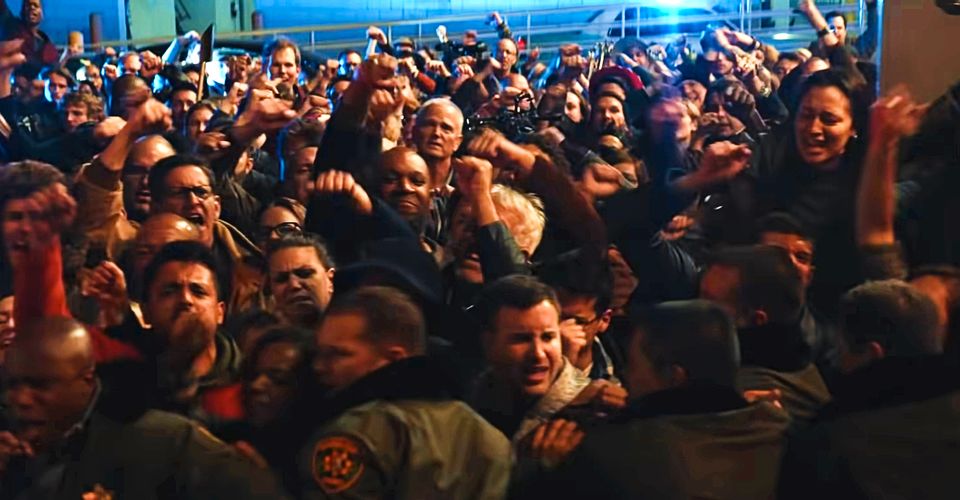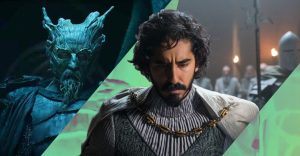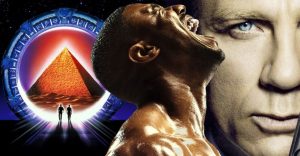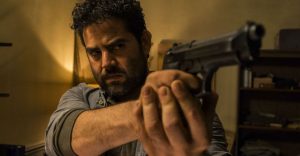How Halloween Kills Filmed The Mob vs. Michael Myers Ending Scene

Halloween Kills star Anthony Michael Hall shares how the film’s climactic mob sequence with Michael Myers was filmed. Announced shortly after the release of 2018’s critically acclaimed Halloween, the slasher sequel has finally made its way into theatres and onto Peacock for audiences to see, after having previously suffered pandemic-related delays. Whilst the previous film focused mainly on the trauma suffered by Laurie Strode after Michael’s attack in 1978, Halloween Kills showcases how the town of Haddonfield was affected by the massacre, including many returning characters from the original.
The film features Jamie Lee Curtis once again reprising her role as Laurie, alongside Judy Greer and Andi Matichak as Karen and Allyson from 2018’s Halloween. Characters brought back from John Carpenter’s 1978 film included Anthony Michael Hall’s Tommy Doyle, Kyle Richards’s Lindsey Wallace, Nancy Stephens’s Marion Chambers, Robert Longstreet’s Lonnie Elam, and Charles Cyphers’s Leigh Brackett. The residents form a mob in response to Michael’s devastating killing spree, and their anger ultimately boils up to an intense confrontation.
In an interview with The Hollywood Reporter, Hall reveals the Halloween Kills filmmakers resorted to an interesting method to capture this climactic scene. While they started out on-location, the actor says they had to switch to a soundstage for the final moments, which had been constructed to rotate as the cast moved. The close shots of the combat, Hall says, were possible because the camera was practically circling them:
When the whole community rolls up, we shot it at night on the street in the town we were doubling. Our great stunt team of men and women pulled up in the pickup trucks, and it was very much orchestrated and worked out. We did shift to the stage for the final climactic scenes. What was interesting about that was that they built a huge kind of Lazy Susan. It was a circular rotating element on the stage, and that allowed us to move in a circle around the camera. So we were circling around, almost like a carousel to the camera, and that allowed us to get all of these great, super tight images during the climax of the fight.

The climax is not the movie’s only extremely layered filming sequence, as Halloween Kills‘ 1978 flashbacks took a lot of work to achieve. In order to make the scenes resemble Carpenter’s classic slasher as closely as possible, many of the studio’s departments collaborated to recreate the lighting, set architecture, and, of course, Michael’s iconic look. All of this effort from each of the film’s teams ultimately created a seamless homage to the original and stayed true to the film’s established Haddonfield location.
The lengths required for the filmmakers to realize their vision only highlight the love that director David Gordon Green possesses for the franchise, which should put viewers’ minds at ease that the capstone to his trilogy, Halloween Ends, won’t be a slapdash box-office play. Furthermore, with such a complicated final sequence, it can only be assumed that Green will employ even more ambitious ideas in the next film. For now, audiences can revisit the Halloween Kills mob fight with more appreciation for the craftwork that went into making it.
Source: The Hollywood Reporter
- Halloween Ends (2022)Release date: Oct 14, 2022
About The Author

















